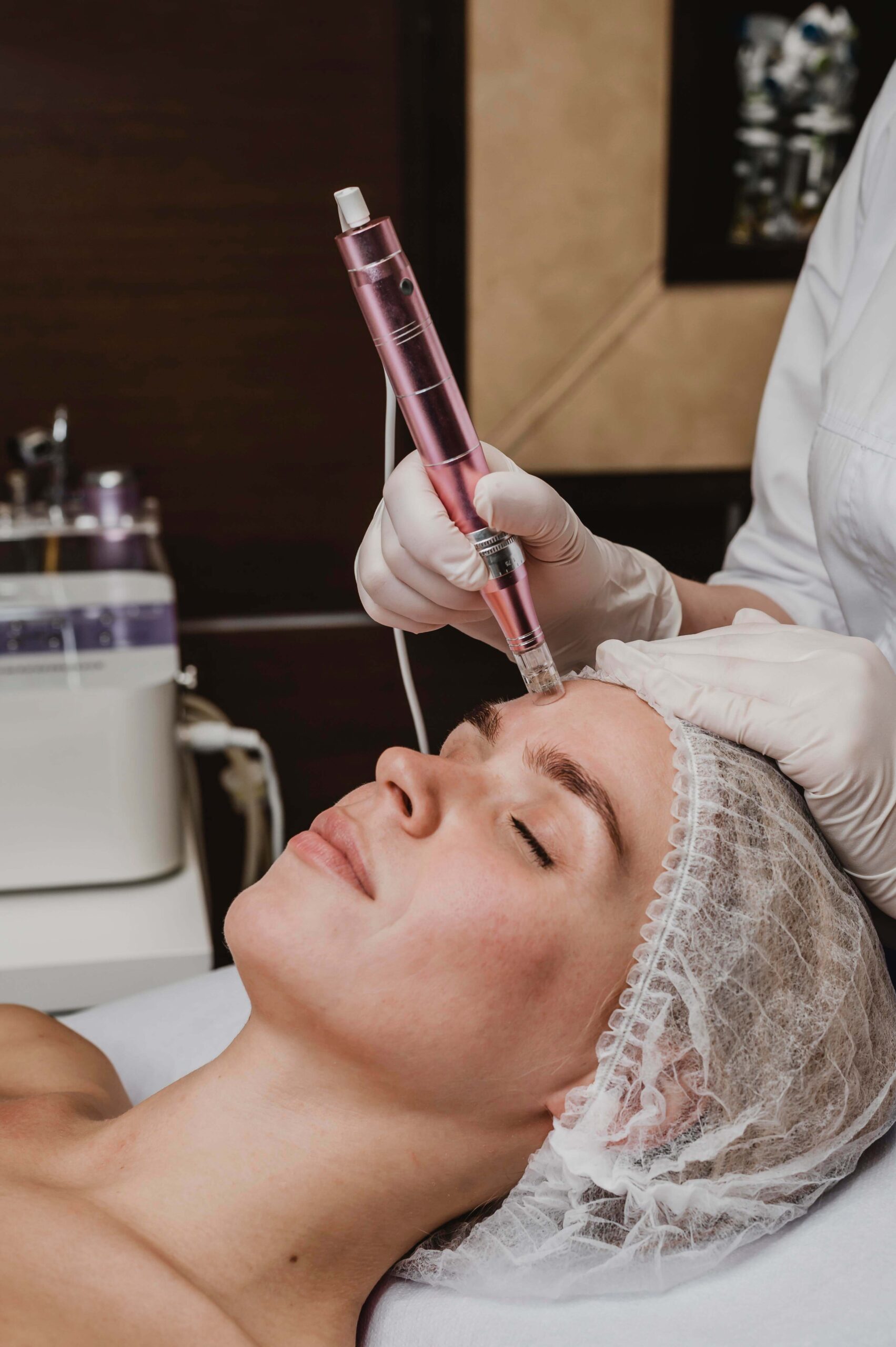
Unlocking the Secrets of PRP Hair Restoration: How to Choose the Right Treatment
Hair loss is a common concern that affects many individuals, causing a decline in self-confidence and a desire for a solution. Platelet-Rich Plasma (PRP) hair restoration has emerged as a promising non-surgical treatment option. PRP therapy uses your own blood to stimulate hair growth, offering a natural and effective solution for hair loss. In this comprehensive guide, we will explore how to choose the right PRP hair restoration treatment, providing you with the knowledge you need to make informed decisions about this groundbreaking procedure.
Understanding PRP Hair Restoration
Before diving into the process of choosing a PRP hair restoration treatment, it’s essential to have a clear understanding of what PRP therapy is and how it works.
PRP Explained: PRP therapy involves drawing a small amount of your blood, processing it to concentrate the platelet-rich plasma, and then injecting it into your scalp. Platelets contain growth factors that stimulate hair follicles, encouraging hair growth and strengthening existing hair.
Treatment Process: The PRP treatment process typically begins with a blood draw, followed by centrifugation to isolate the PRP. The concentrated PRP is then injected into specific areas of the scalp where hair loss or thinning is a concern.
Finding the Right Provider
Choosing the right provider for your PRP hair restoration treatment is crucial for achieving the best results. Consider these factors when selecting a provider:
Credentials: Ensure that your chosen provider is a licensed medical professional with specialized training in PRP therapy for hair restoration.
Experience: Seek providers with a proven track record of successful PRP treatments and satisfied patients. Request before-and-after photos to assess their results.
Consultation: A thorough consultation is essential. Your provider should assess your hair loss, discuss your goals, explain the procedure, and address any questions or concerns.
Product Quality: Inquire about the equipment and PRP preparation process used by the clinic. High-quality equipment and proper processing are critical for optimal results.
Safety Standards: Verify that the clinic or provider adheres to strict hygiene and safety standards to ensure a sterile and safe treatment environment.
Identifying Suitable Candidates
Not everyone is an ideal candidate for PRP hair restoration. Consider the following factors to determine if PRP therapy is right for you:
Type and Extent of Hair Loss: PRP therapy is most effective for individuals with early to moderate hair loss or thinning. It may not yield significant results for those with extensive baldness.
Underlying Health Conditions: Certain medical conditions and medications may affect the suitability of PRP therapy. Discuss your medical history with your provider to assess your eligibility.
Expectations: Realistic expectations are crucial. PRP therapy can stimulate hair growth and improve the quality of existing hair, but it may not provide the same results as a surgical hair transplant.
Commitment to Multiple Sessions: PRP therapy often requires multiple sessions spaced several weeks apart to achieve and maintain desired results. Ensure that you are willing to commit to the recommended treatment plan.
Preparing for PRP Hair Restoration
Before your PRP therapy appointment, there are several steps you can take to prepare for the procedure:
Discontinue Blood Thinners: Avoid medications and supplements that can thin the blood for at least a week before treatment. Consult your provider for guidance on specific medications.
Stay Hydrated: Proper hydration can enhance the effectiveness of PRP therapy. Drink plenty of water in the days leading up to your appointment.
Shampoo Hair: Wash your hair the night before or the morning of your treatment. Avoid using hair products like gels or sprays on the day of the procedure.
The PRP Hair Restoration Procedure
During the PRP therapy procedure, your provider will follow these general steps:
Blood Collection: A small amount of your blood is drawn, typically from your arm, and placed in a centrifuge machine to separate the PRP from other components.
PRP Preparation: The PRP is processed and concentrated, creating a high-quality PRP solution ready for injection.
Local Anesthesia: The scalp is numbed with a local anesthetic to minimize discomfort during the injection process.
PRP Injection: The concentrated PRP is then injected into the targeted areas of the scalp using a fine needle or micro needling device.
Recovery: After the procedure, you can resume your normal activities with minimal downtime. Some redness or minor swelling at the injection sites is common and usually subsides within a few days.
Post-Treatment Care and Maintenance
Proper aftercare is essential to ensure the best possible outcome from your PRP hair restoration treatment:
Gentle Hair Care: Avoid harsh hair treatments, styling products, and excessive heat on your scalp for a few days after treatment.
Sun Protection: Protect your scalp from direct sun exposure by wearing a hat or applying sunscreen.
Follow-Up Appointments: Depending on your provider’s recommendations, you may need multiple PRP sessions over several months to achieve optimal results.
Conclusion
PRP hair restoration is a promising and effective solution for individuals experiencing hair loss or thinning hair. By understanding the process, finding the right provider, assessing your candidacy, and preparing for the procedure, you can embark on your journey to fuller, healthier hair with confidence. Remember that while PRP therapy can yield impressive results, patience and adherence to the recommended treatment plan are key to achieving and maintaining the best possible outcome. Whether you’re seeking PRP hair restoration in your local area or exploring options further afield, this guide equips you with the knowledge to make informed decisions and embark on your path to revitalized hair and renewed self-confidence.
Read Recent Articles
How Lip Fillers Can Help You Gain Self-Confidence
In today’s beauty-conscious world, many people are turning to cosmetic procedures to enhance their
5 Top Reasons Why Microneedling Is Beneficial for Your Skin
In the quest for youthful, glowing skin, many people turn to various treatments and procedures. One
The Power of Self-Confidence: Investing in Your Beauty Routine for Success
Introduction: Feeling good about yourself is not just about vanity; it has a profound impact on your

 862-308-8113
862-308-8113



